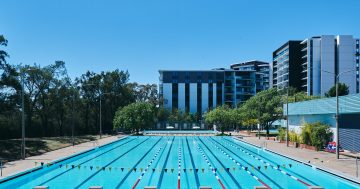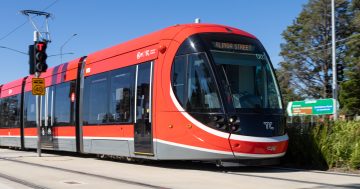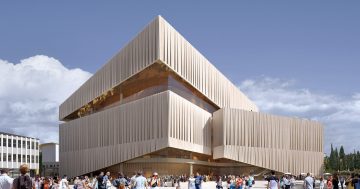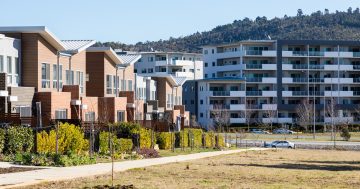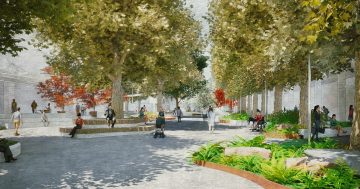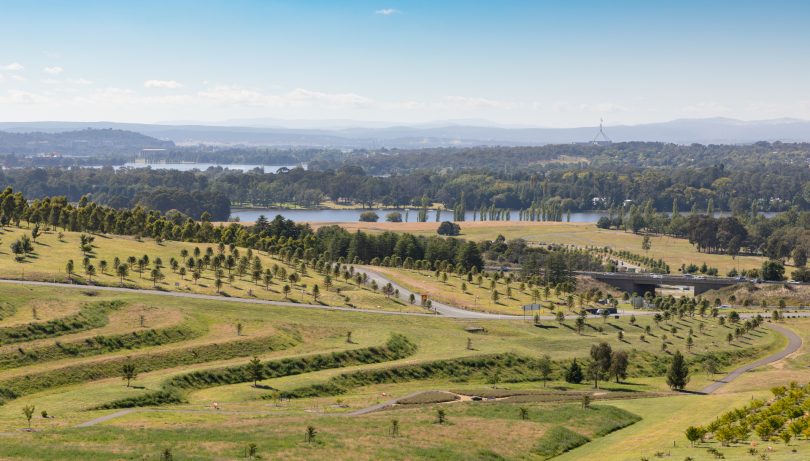
For a better perspective of Canberra, the view from the National Arboretum is always enlightening. Photos: Michelle Kroll.
In 2024, is Canberra a better or worse city to live compared to a decade ago?
That’s a question ABC Breakfast radio put to listeners this week. The peg was that the decade coincided with Andrew Barr’s ascension to the Chief Ministership. This added a political touch to it and inevitably attracted a few haters – and the ABC demographic also meant nostalgia was at play – but it did make me think about the city’s progress.
For some, the city has grown too big, the towers of the town centres too many and the traffic too busy.
They worry that infrastructure and services, such as keeping the grass cut and parks tidy, haven’t been able to cope with the change.
Then there were the expected beefs about hospitals, where there are signs that, finally, things might be turning around.
While the Barr Government’s performance is open to debate – and we did have an election a few weeks ago for people to pass judgment – the fact is that no city can stand still, especially one that has evolved from its role as the national capital to regional hub.
Canberra is no longer a place exposed to the extremes of the elements where politicians and public servants are forced to live, and others may visit but scoff at any thought of making a home there.
When our little family arrived in late 1995, we were amazed that more people had not discovered the place. Australia’s best-kept secret, Canberrans said, let’s keep it that way.
Well, the secret is well and truly out, and young people are not automatically leaving as soon as they can for the metropolises on the coast. And if they do, a fair few are coming back.
Mr Barr is driven by the desire to make Canberra a place where young people do not want to leave – that means jobs, recreation and, importantly, more affordable housing.

A city on the move. Light rail is important infrastructure for a growing national capital.
While there are constant concerns about development encroaching on the bush capital and the loss of the garden suburb ethos, the city has to evolve to meet the challenges of a growing population.
Unfortunately, the housing price boom of the past few decades, helped along by appallingly short-sighted federal policies, means the house and garden dream is beyond many, even with the highest average salaries in the country.
That leads us to density and infill, and the challenges of doing so without paving paradise.
While the town centres could boast more green space and community facilities, the residential development there is bringing thousands of people into what were places in danger of becoming ghost towns.
A decade ago, the National Arboretum was only just getting started; now, it is a magnificent piece of public green infrastructure that no one can imagine Canberra being without.
The ACT leads the way in sustainability – in its homes and offices, the energy transition and its car fleet.
In 1995, the city centre was covered in the wasted space of surface car parks, and two decades later, there were still plenty. The last of them is about to go under development in the form of office precincts, a new theatre, a convention centre and an entertainment pavilion.
These are good things that will provide a more dynamic and diverse economy in the city and broaden entertainment and dining options for everybody.
Over the past 30 years, Canberra has developed one of the country’s finest food and wine offerings in a city that remains accessible, especially when compared to the rat races of Sydney, Melbourne and now Brisbane, my hometown.
That ease of travel and freedom of movement are among Canberra’s greatest assets, which is why public transport projects, including light rail, are integral to its future.
It remains a privilege to be so close to world-class cultural institutions.
Not everything is rosy. Canberra suffers from the same problems that beset other cities: inequality is growing, the government struggles to keep pace with growth, housing is still way too expensive, some of its architecture is terrible and constant vigilance is required when it comes to planning and maintaining our green spaces.
But whoever would have been Chief Minister, Canberra was destined to grow and change and could not stay as it was.













